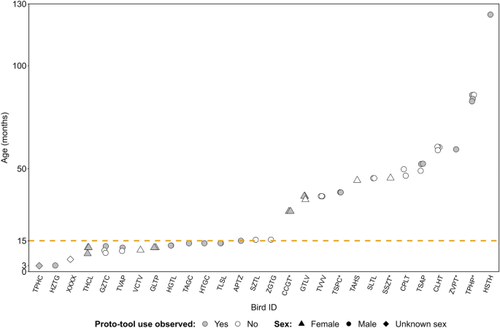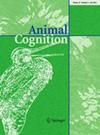Proto-tool use for food processing in wild Arabian babblers: matching processing methods, substrates and prey types
Abstract
Cognition is a powerful adaptation, enabling animals to utilise resources that are unavailable without manipulation. Tool use and food processing are examples of using cognition to overcome the protective mechanisms of food resources. Here, we describe and examine the flexibility of proto-tool use (defined as the alteration of an object through object-substrate manipulation) for food processing in a cooperatively breeding bird, the Arabian babbler (Argya squamiceps). Field observations demonstrate that the birds transport different caterpillar species to different substrate types depending on the processing method needed to prepare the caterpillar for eating. Species with toxic setae (e.g. Casama innotata) are transported to be rubbed on rough substrates (e.g. sand) before consumption, while other species (e.g. Hyles livornica) are transported to be pounded against hard substrates until their inner organs are removed and only their external body part is consumed. These results are among the few to describe flexible proto-tool use for food processing in wild animals. They thereby contribute to the taxonomic mapping of proto-tool use and food processing in non-human species, which is a fundamental step to advance comparative studies on the evolution of these behaviours and their underlying cognitive mechanisms.


 求助内容:
求助内容: 应助结果提醒方式:
应助结果提醒方式:


